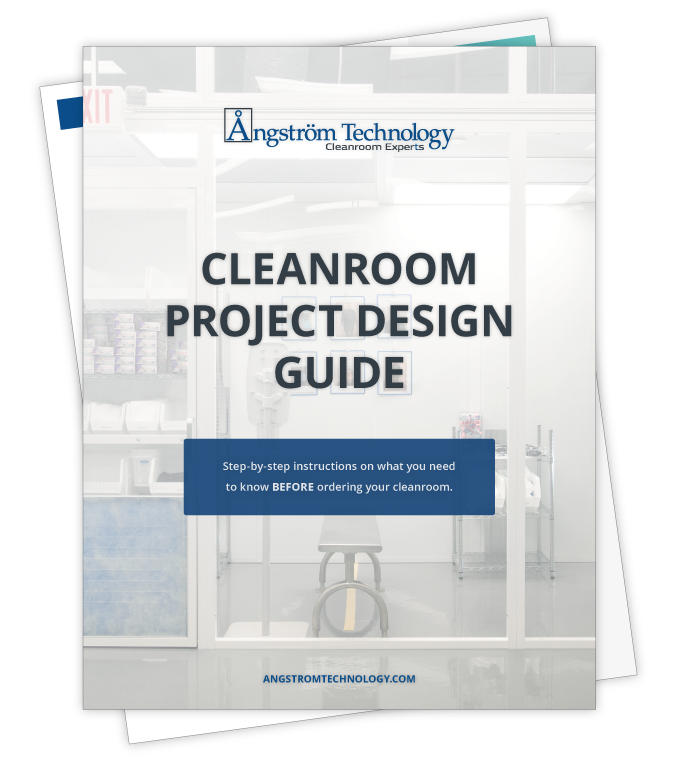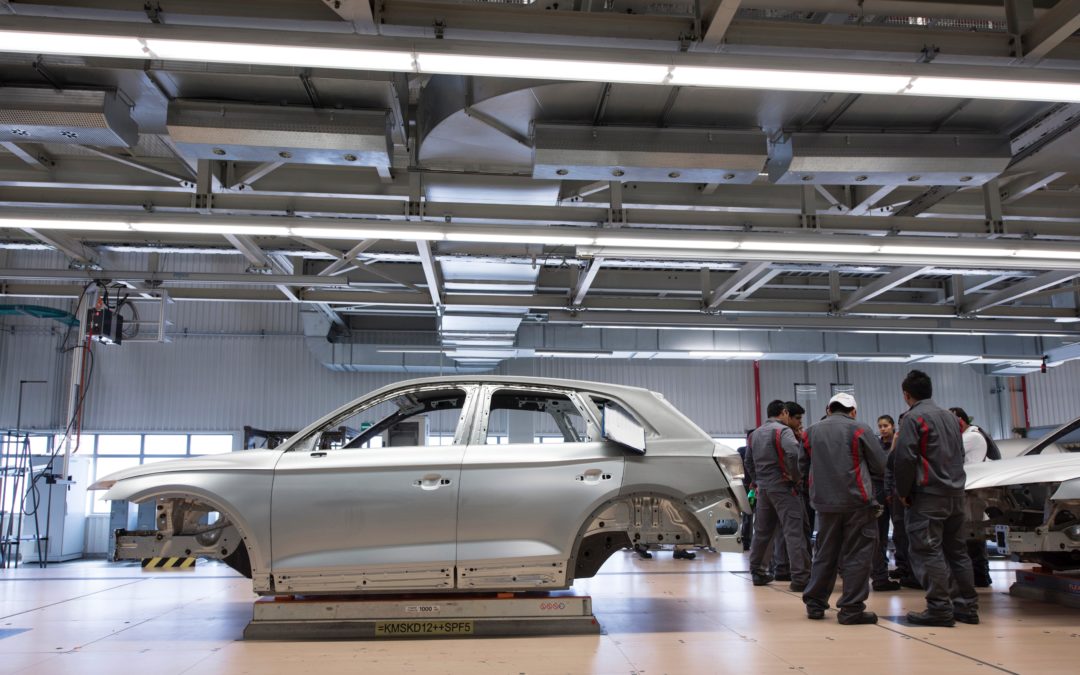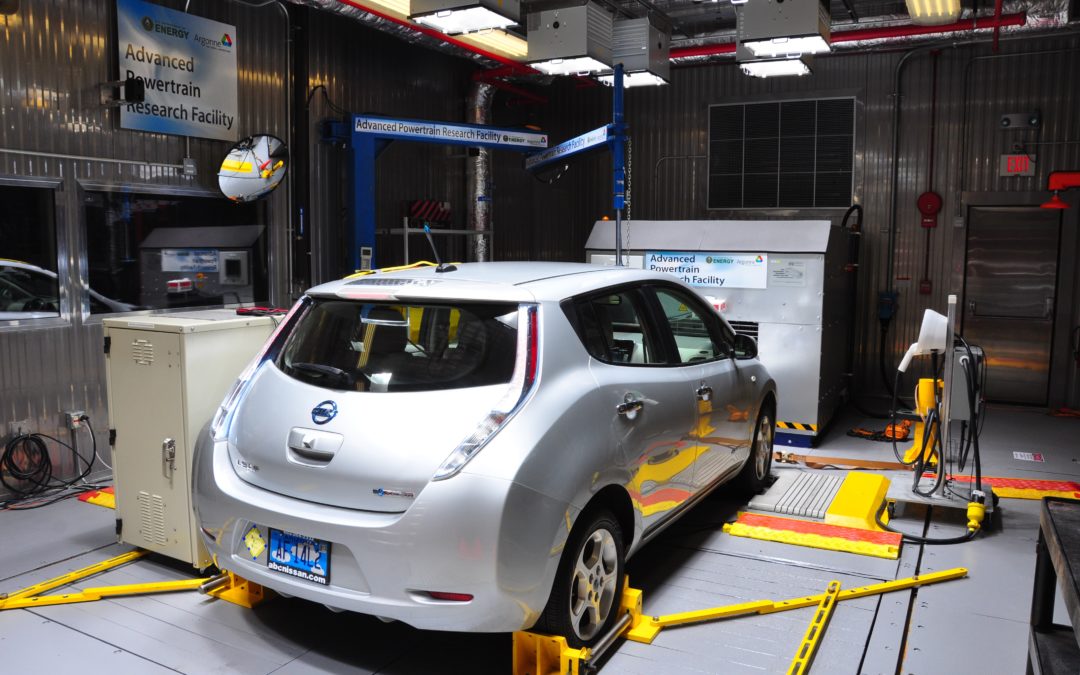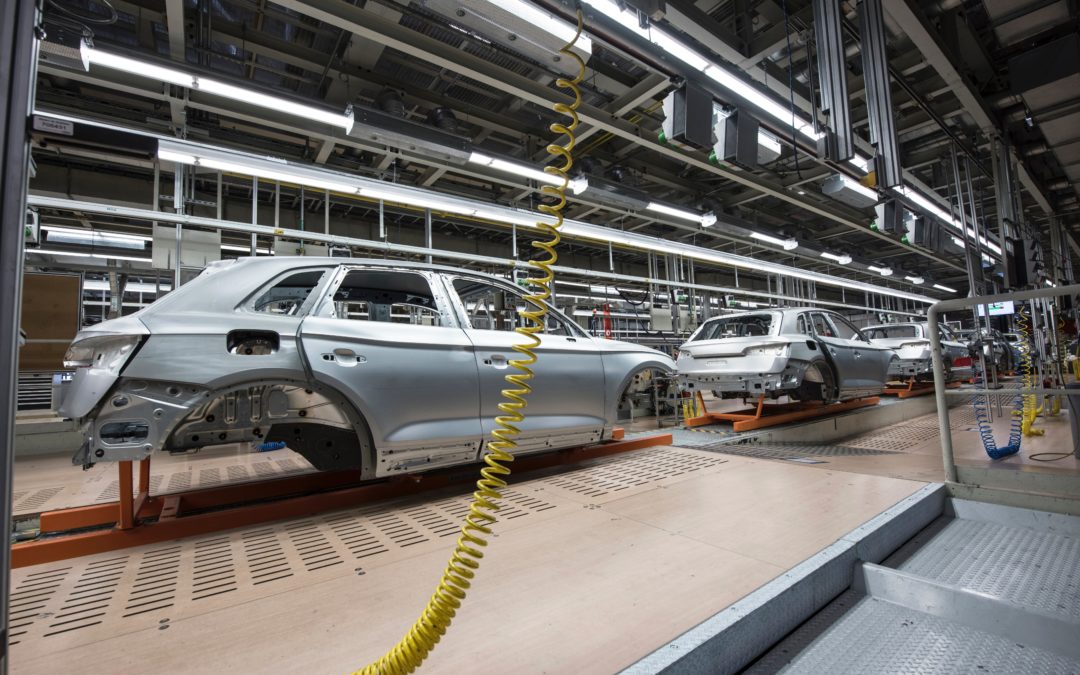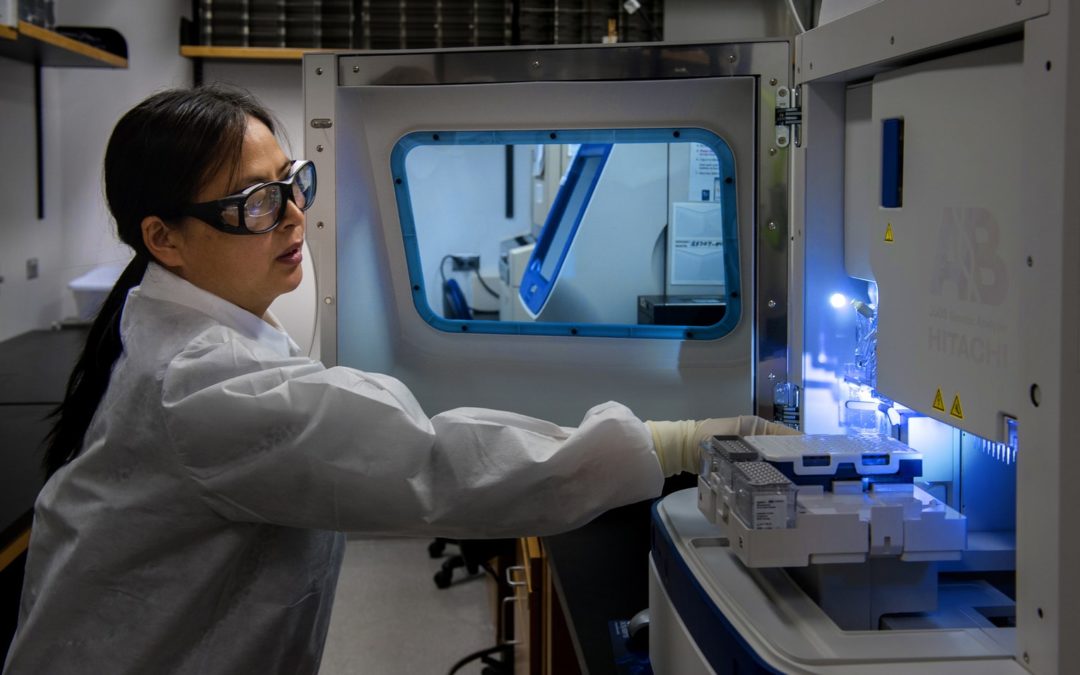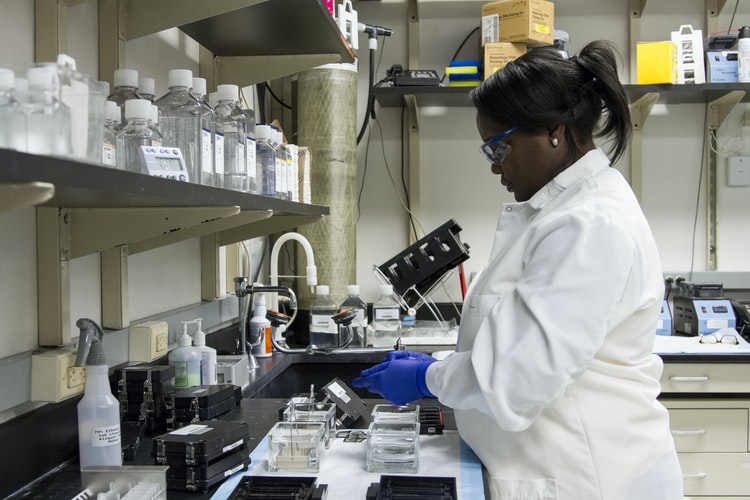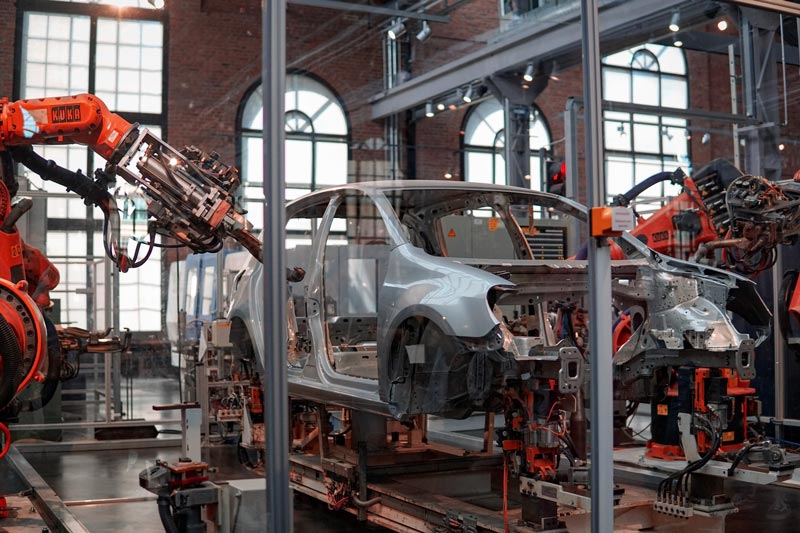
4 Questions to Ask Before Starting Automotive Cleanroom Construction
There’s a lot of planning involved in automotive cleanroom construction. From layout design to operational components, you need to figure out what you need and how to implement it before you start building.
Many experienced cleanroom designers and engineers have streamlined this process. However, it’s important to be certain that you’ve got all the details in line so you can get production started without any hiccups. From the experts at Angstrom Technology, here’s a checklist of four questions to ask yourself before starting your automotive cleanroom construction project.
1. What Processes Will Be Housed Within My Cleanroom?
Within an automotive cleanroom, there are various applications that ensure automotive parts are produced, cleaned, and packaged safely. Some of these applications include.
- Research and development
- Component manufacturing
- Assembly
- Testing
- Packaging
Each of these applications include different manufacturing processes, which also call for differences in humidity, temperature, pressure, and particle contamination. These differences can change the type, design, and level of cleanliness of the cleanroom you choose to construct.
Other process-related elements that could alter your cleanroom plan include: how many personnel access it, how often they access it, and what protective gear they wear when they access it.
2. What Are My Automotive Cleanroom’s ISO Class Requirements?
Automotive cleanrooms are controlled environments where air and surface particle contamination is limited. They’re grouped into various cleanliness classification groups created by the International Standards Organization (ISO). Based on the allowed size and number of particles, rate of air change, and percentage of ceiling coverage with fan filter units, cleanrooms are placed into an ISO Class.
ISO Classes are ranked 1-9, with Class 1 having the most stringent regulations and Class 9 having the most lenient regulations. Most automotive cleanrooms fall into ISO Classes 5-8, but this could vary depending on your application’s specific cleanliness and worker safety requirements. By determining which ISO Class you need, you can make a more informed choice of which type of cleanroom will give you the best results.
3. How Much Space Do I Need for My Automotive Cleanroom?
Your cleanroom will only work if it provides the allotment of space necessary for your application. While some cleanrooms are relatively small in size, automotive cleanrooms occasionally require larger equipment clearances. You’ll want to plan for that ahead of time.
It’s also valuable to keep in mind that cleanrooms are built for long-term use. This means that they’re able to grow and adapt based on your facility’s changing needs. You can add to them, reconfigure them, and relocate them as you need, as long as your changes comply with U.S. building and safety codes. With that in mind, it’s best to plan and design for the space you need now, and have peace of mind knowing you can always expand down the road.
4. What Type of Air Pressure Does My Cleanroom Need?
Cleanroom air pressure is divided into two categories: positive and negative air pressure. Basically, the type of air pressure determines what is being protected by installing a cleanroom.
Positive air pressure is achieved by pumping clean, filtered air into your cleanroom. This makes the air pressure inside your cleanroom greater than the pressure outside of it. It’s meant to protect whatever is inside the cleanroom from being contaminated by the surrounding environment.
Negative air pressure is achieved by filtering air out of the room. This makes the pressure inside your cleanroom lower than the pressure outside it. It’s meant to keep possible contamination from escaping the cleanroom.
Some automotive applications like electronic manufacturing require positive air pressure to ensure products are clean and safe for us. On the other hand, some automotive manufacturing applications, like applying special paints and part coatings, can be harmful to human health. In these situations, you may prefer negative air pressure to ensure those VOCs and harmful chemicals aren’t released into the rest of the facility.
Have more questions about designing and constructing a cleanroom for your automotive application? Give the experts at Angstrom Technology a call or contact us online! We’d be happy to walk through your specific requirements and help you get the best cleanroom installed in your space.
Get Instant Access to Our Cleanroom Design Guide
The Most Comprehensive Guide for Cleanrooms and Modular Offices
